Exploring the Latest Trends in Asphalt Shingles Design and Color
Asphalt shingles remain a top choice for homeowners and builders looking for a durable, cost-effective, and visually appealing roofing solution. With advancements in manufacturing and an increasing focus on aesthetics, the latest trends in asphalt shingles go beyond functionality to enhance curb appeal and complement modern architectural styles. Understanding the evolving design and color trends can help homeowners make informed decisions when choosing shingles that not only protect their homes but also add character and value.
The Rise of Architectural and Dimensional Shingles
O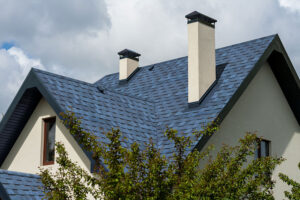 ne of the most significant shifts in asphalt shingle design is the growing popularity of architectural and dimensional shingles. Unlike traditional three-tab shingles, architectural shingles offer a more textured and layered appearance, mimicking the look of wood shakes or slate. Their multi-dimensional design provides greater depth and sophistication, making them an ideal choice for homeowners looking to enhance the visual appeal of their roofs.
ne of the most significant shifts in asphalt shingle design is the growing popularity of architectural and dimensional shingles. Unlike traditional three-tab shingles, architectural shingles offer a more textured and layered appearance, mimicking the look of wood shakes or slate. Their multi-dimensional design provides greater depth and sophistication, making them an ideal choice for homeowners looking to enhance the visual appeal of their roofs.
Manufacturers continue to refine these shingles with improved granule technology, making them more resistant to fading and weather damage. The added thickness of architectural shingles not only contributes to their durability but also allows for a more prominent and striking look, which has become a major trend in roofing aesthetics.
The Influence of Natural and Earthy Tones
Color trends in asphalt shingles have evolved to reflect changing preferences in home design. While traditional blacks and grays remain popular, there is a noticeable shift toward natural and earthy tones. Warm browns, rich coppers, deep greens, and subtle tans are increasingly being chosen to complement modern and rustic home exteriors alike.
These colors blend well with various architectural styles, from contemporary homes to classic craftsman designs. The emphasis on organic and nature-inspired hues aligns with the broader trend of integrating homes with their natural surroundings. Additionally, these colors tend to age gracefully, offering long-term aesthetic appeal.
Bold and Contrasting Color Choices
For homeowners looking to make a statement, bold and contrasting shingle colors are becoming more popular. Deep blues, charcoal blacks, and even vibrant reds are being incorporated to create dramatic and eye-catching roofing designs. These striking colors work particularly well with lighter-colored exteriors, providing a visually appealing contrast that enhances the home’s overall look.
Manufacturers have responded to this trend by expanding their color palettes, offering a wider range of shades that can be tailored to different aesthetic preferences. This shift allows for greater customization, enabling homeowners to align their roof colors with their personal style and the architectural elements of their homes.
Cool Roofing Technology and Energy Efficiency
Another major trend influencing asphalt shingle design is the integration of cool roofing technology. With an increasing focus on energy efficiency, homeowners are seeking roofing solutions that help reduce heat absorption and lower cooling costs. Reflective shingles, designed with advanced granules that reflect sunlight rather than absorb it, are becoming a preferred option for those looking to enhance their home’s energy performance.
Lighter-colored shingles, including soft grays, light browns, and pastel blues, are often associated with cool roofing technology. These shingles not only contribute to a more comfortable indoor environment but also help extend the lifespan of the roof by reducing thermal stress. As sustainability becomes a greater priority, cool roofing technology is expected to remain a key feature in asphalt shingle design.
The Popularity of High-Definition and Multi-Tonal Shingles
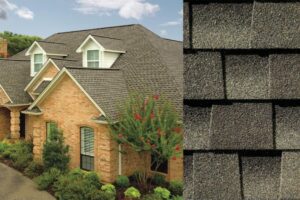 Homeowners are increasingly drawn to high-definition and multi-tonal shingles that add depth and complexity to their roofs. These shingles feature blended colors and enhanced granule designs that create a more natural and sophisticated appearance. The combination of light and dark shades within a single shingle creates a unique and customized look that stands out in both suburban and urban settings.
Homeowners are increasingly drawn to high-definition and multi-tonal shingles that add depth and complexity to their roofs. These shingles feature blended colors and enhanced granule designs that create a more natural and sophisticated appearance. The combination of light and dark shades within a single shingle creates a unique and customized look that stands out in both suburban and urban settings.
This trend aligns with the demand for roofs that offer visual interest without being overly uniform. Multi-tonal shingles provide a sense of movement and variation, giving the roof a dynamic quality that complements a wide range of exterior color schemes.
Sustainable and Recyclable Roofing Materials
Sustainability is playing an increasingly significant role in asphalt shingle production. Many manufacturers are focusing on creating shingles with recycled materials, reducing waste, and promoting environmentally friendly roofing solutions. Some brands now offer shingles that can be recycled at the end of their lifespan, minimizing their impact on landfills.
As homeowners become more conscious of their environmental footprint, the demand for sustainable roofing materials is likely to grow. Innovations in shingle design continue to emphasize durability and recyclability, ensuring that homeowners can choose roofing solutions that align with their sustainability goals.
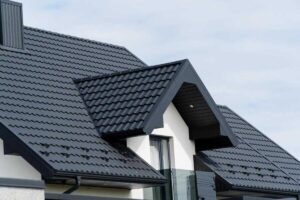 The exterior of a home is the first thing people notice, and a well-maintained roof can significantly boost curb appeal. A roof that appears worn-out, stained, or damaged can make a house look aged and uninviting. On the other hand, a brand-new roof gives a home a fresh, updated look, making it more attractive to potential buyers. Homebuyers are more likely to be drawn to a property that requires minimal maintenance, and a new roof signals that the house is in good condition.
The exterior of a home is the first thing people notice, and a well-maintained roof can significantly boost curb appeal. A roof that appears worn-out, stained, or damaged can make a house look aged and uninviting. On the other hand, a brand-new roof gives a home a fresh, updated look, making it more attractive to potential buyers. Homebuyers are more likely to be drawn to a property that requires minimal maintenance, and a new roof signals that the house is in good condition.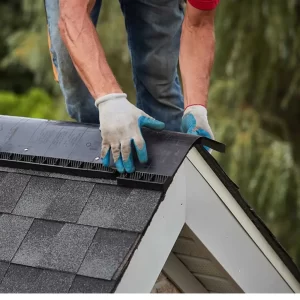 When selling a home, the condition of the roof can significantly impact marketability. Buyers often prefer properties that require minimal immediate maintenance, and a new roof can be a major selling point. It reassures buyers that they will not have to deal with expensive roofing repairs in the near future, making the home more appealing.
When selling a home, the condition of the roof can significantly impact marketability. Buyers often prefer properties that require minimal immediate maintenance, and a new roof can be a major selling point. It reassures buyers that they will not have to deal with expensive roofing repairs in the near future, making the home more appealing.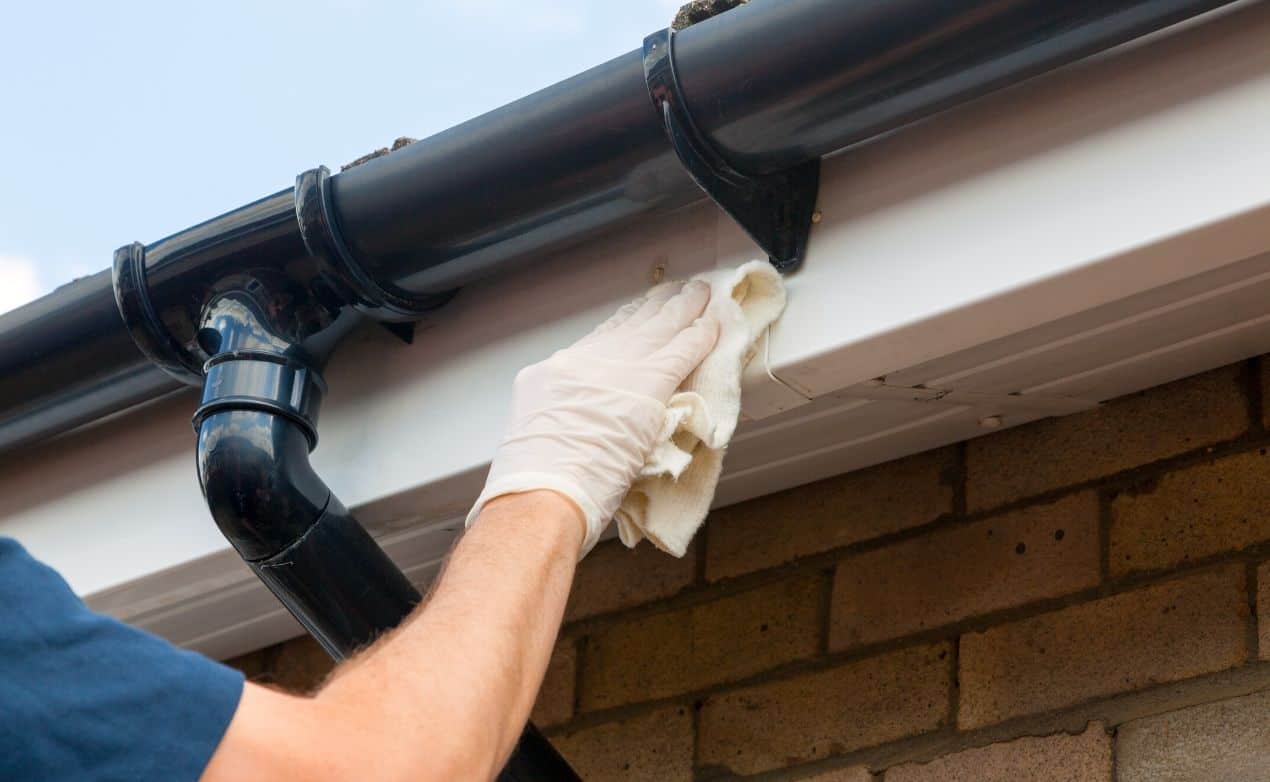
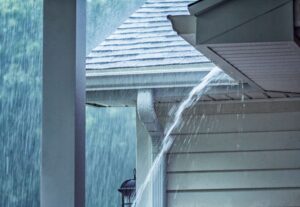 While gutters provide essential protection, they can only function effectively when they are properly maintained. Clogged or damaged gutters can cause more harm than good by allowing water to overflow and accumulate in areas where it shouldn’t.
While gutters provide essential protection, they can only function effectively when they are properly maintained. Clogged or damaged gutters can cause more harm than good by allowing water to overflow and accumulate in areas where it shouldn’t.